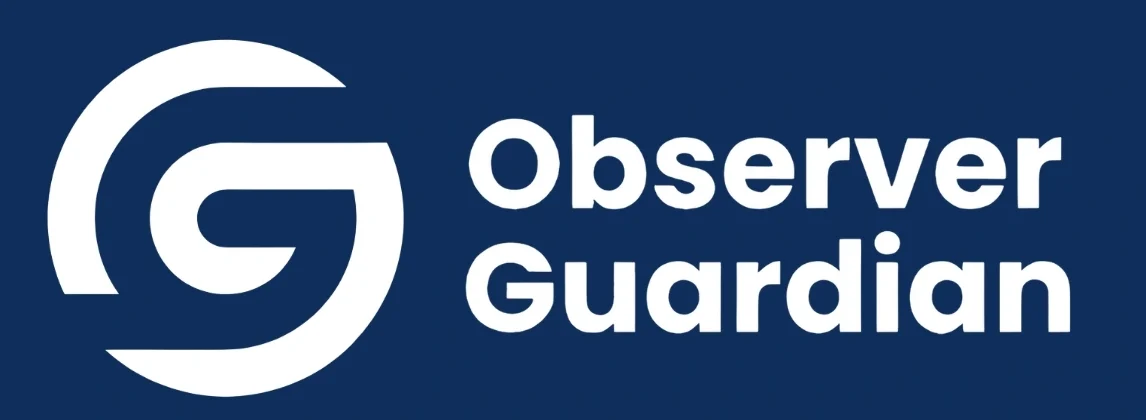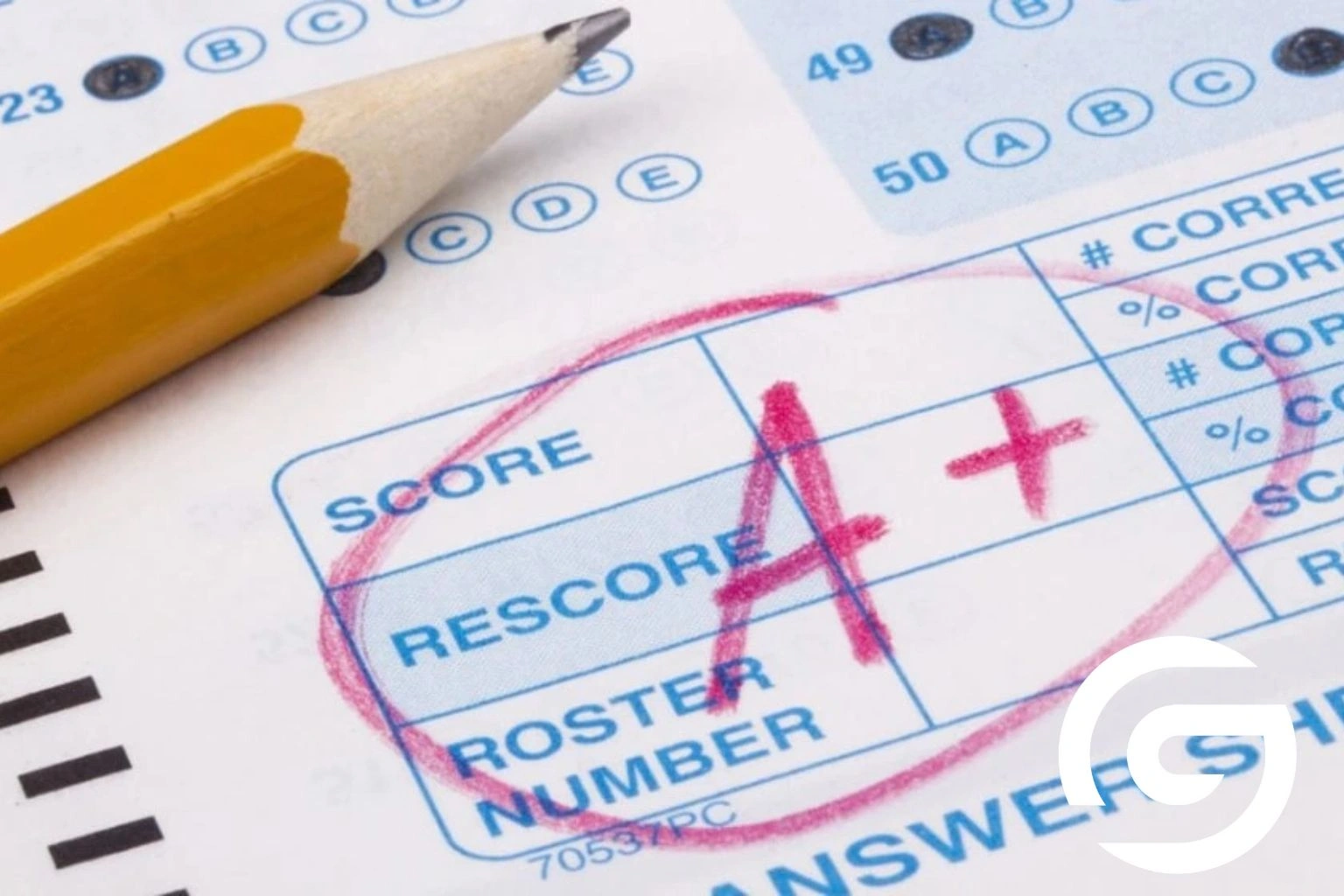The government of Sindh has introduced a new grading system for students of classes 9 to 12. The reform aims to modernize the education structure promote transparency in evaluation and align the system with international academic standards. Under this new policy the minimum passing marks have been raised from 33 percent to 40 percent. Students will now receive grades instead of raw percentage scores which marks a major change from the traditional marking system that had been used for many years.
The purpose of this reform is to reduce pressure on students encourage conceptual learning and make assessment more meaningful for colleges universities and employers. By adopting this modern approach Sindh aims to create a fair and balanced academic environment that rewards understanding and effort rather than memorization.
Key Features of the New Grading System
The new grading system introduces a detailed performance scale with grades based on specific score ranges. A score between 50 and 59 percent will now receive a D grade while 60 to 69 percent will be a C grade. Scores from 70 to 74 percent will earn a B grade and higher levels such as B plus B double plus A and A plus will be given to those scoring 75 percent or more.
This shift from percentage based marking to a grade based structure gives a more complete view of student performance. Instead of labeling students as pass or fail it shows their level of achievement and consistency. It will also help universities and scholarship programs evaluate students more fairly using a clear and standard grading scale.
Education Boards Join Hands to Modernize Exam Evaluation Through E Marking
Implementation Timeline and Expected Impact
The new grading policy will be applied to all secondary and higher secondary classes under Sindh’s education boards. Before its full implementation schools and examination boards will hold awareness sessions to explain the new system to teachers parents and students. Raising the passing marks to 40 percent will motivate students to aim for better understanding and higher achievement. The grading scale will also reduce exam stress and shift the focus from chasing high percentages to improving learning outcomes.







